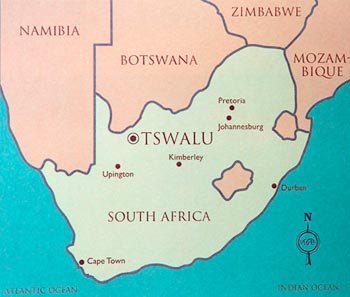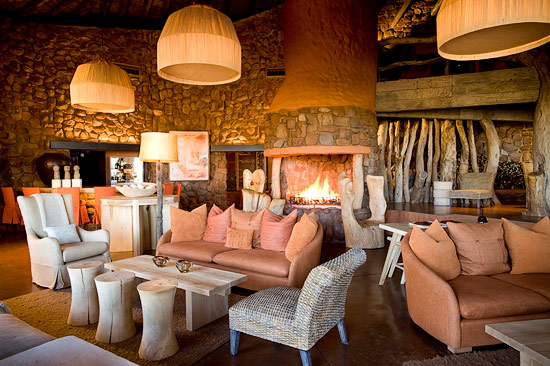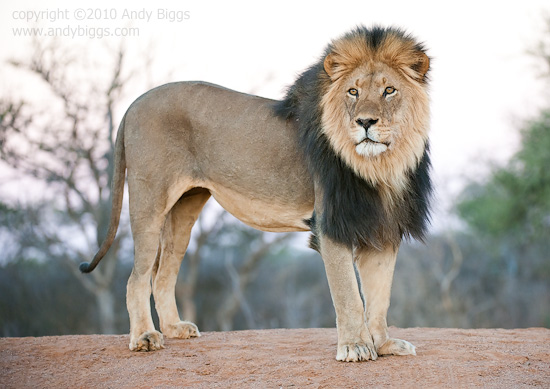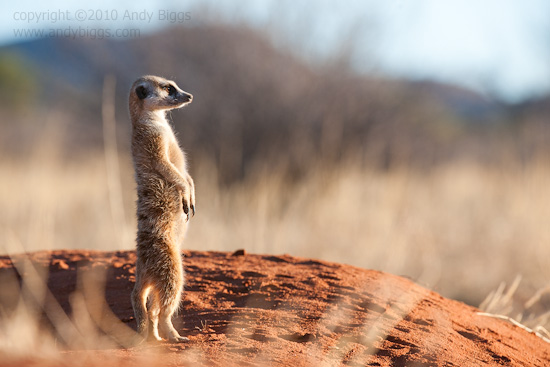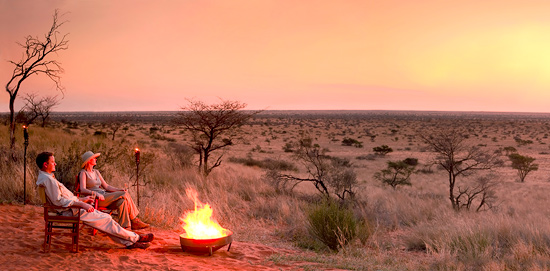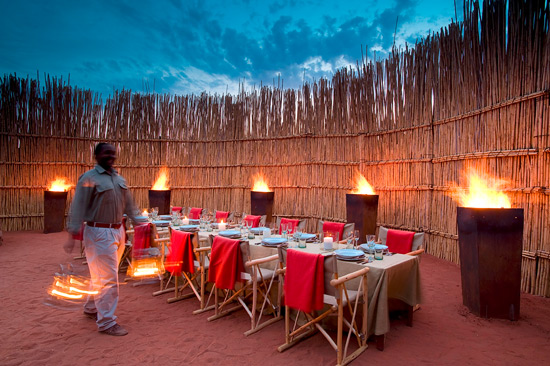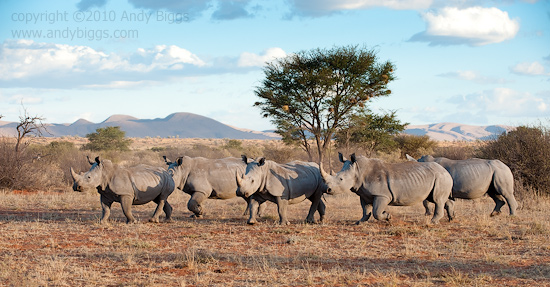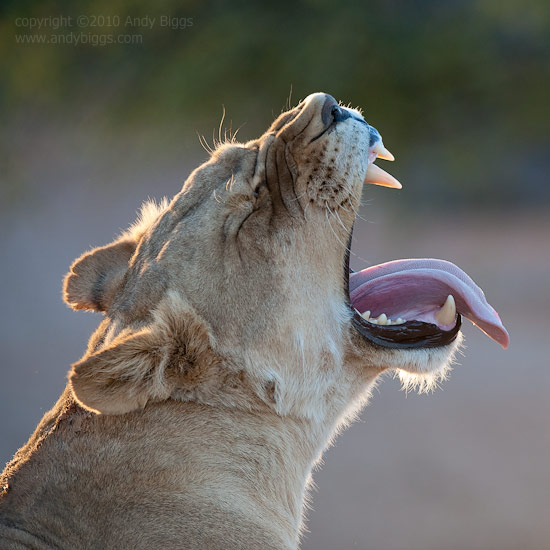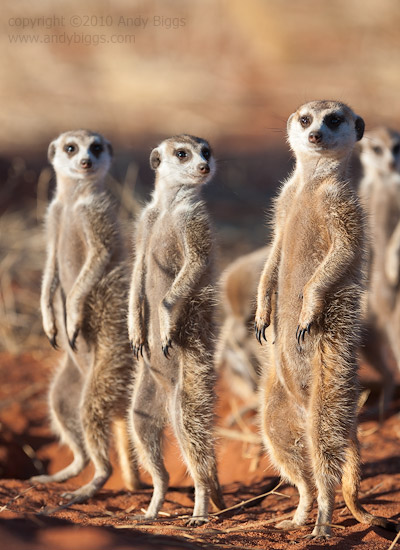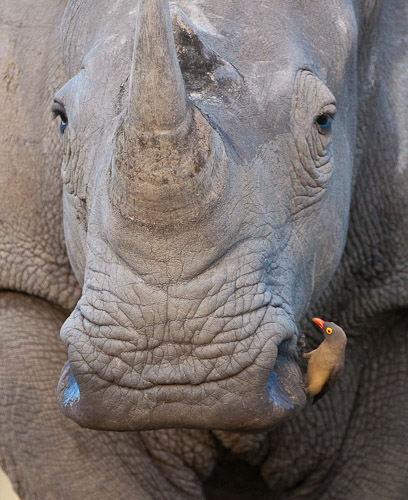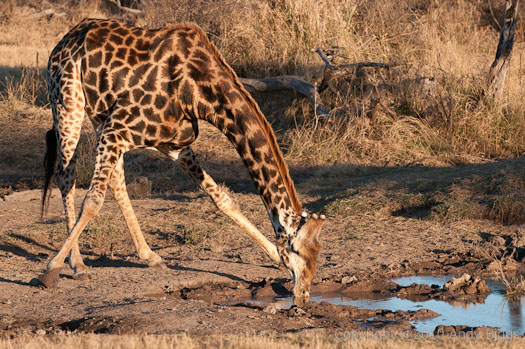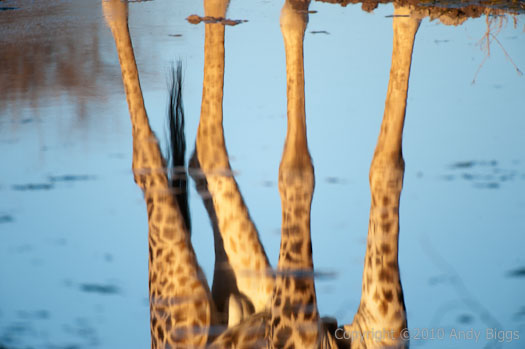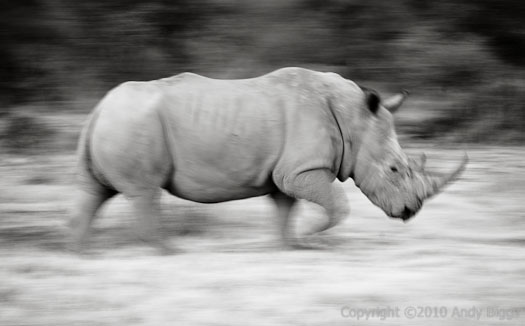Sabi Sand Safari Report - Day 16
 Sunday, June 17, 2012 at 05:06AM
Sunday, June 17, 2012 at 05:06AM Today was the first day where I started to feel some fatigue setting in. Game drives aren’t that tiring in and of themselves, but always being ‘on’ with my job as a photographic safari leader does create a need for some down time. I love what I do, and I absolutely love helping people get the best images possible, so I will try to figure out a way to get some down time in the next day or I will burn out.
Ok, on to today’s sightings!
The morning’s drive was extremely quiet, but one thing we noticed immediately upon leaving our camp was that we had clouds. The clouds meant the morning wasn’t very cool, and we welcomed dramatic light to our day. I love clouds, because wildlife photography can be much easier with the softer light, as we can shoot all day long without having to worry about harsh shadows. Change the white balance a bit and poof! Good colors and contrast can be tweaked to taste and there you have it.
We did see an adult female leopard with what we thought was the Kashane male leopard, but we didn’t get a long enough look of them before they took off into the bush. We did drive offroad for a while to see what was going on, but we had to disengage after a while due to the tall grass and thick thorn trees.
The rest of the morning was filled tracking activities, and nothing to report.
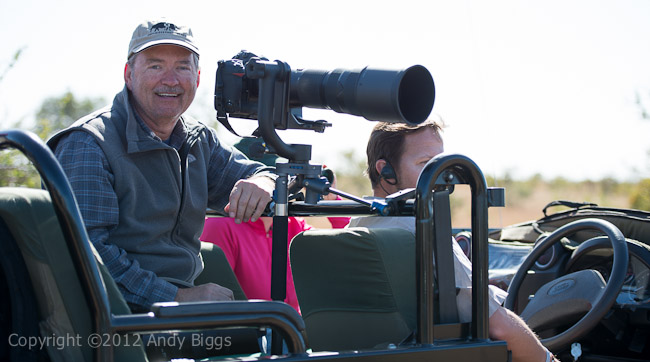
On our afternoon drive we followed up on the leopard sighting from this morning, and low and behold we eventually found them only a few meters from where we saw them last. It definitely was Kashane and an unknown female. What a guy, as he was mating with another female only 4 days ago. Insert your Barry White CD with some shakka shakka boom boom. Kashane is the man of the hour. The grass was super tall, so no easy photographs could be had this time around. I have actually lost count of the number of leopard matings we have had since we arrived 2 weeks ago.
We did have a crash of rhinos with some interesting sparring behavior, and we made sure we spent an adequate amount of time trying to make some good photographs. I have never had so many quality rhino sightings before, and I am glad to have something new to work on. The only photos I was able to be remotely happy with are the ones included in this post, and I do wish the other attempts would have worked out for me. This safari trip has been a challenge for me, because I don’t have much time to process any images. I want to post at least 2 to 4 images each day to illustrate what we are seeing and doing. This means my standards have to be reduced, and that isn’t something I am normally comfortable with. I just hope these blog posts help show what we are seeing and just how rich the wildlife experiences are.
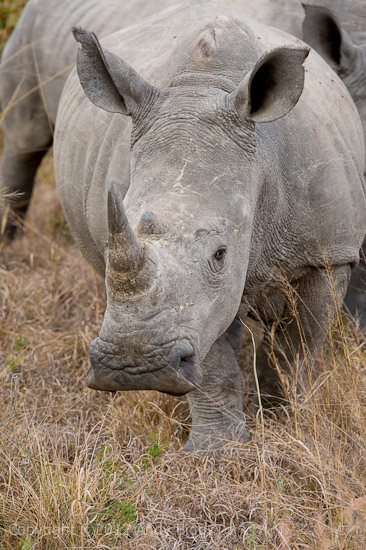
Nikon D4, 70-200mm f/2.8 VRII, 1/500 @ f/6.3, ISO 640

Nikon D4, 70-200mm f/2.8 VRII, 1/640 @ f/6.3, ISO 640
Camera bags on this safari are sponsored by Gura Gear, which I started in 2008. Check us out. We make the best camera bags on the planet.
Some of the gear on this safari has been provided by Borrowlenses.com. I rely on borrowlenses.com for both my own needs as well as my safari travelers’ needs. When we need big lenses, cameras or anything else photographic, we turn to borrowlenses.com to help out. They are the best resource in the industry for traveling photographers.
 Rhino,
Rhino,  Sabi Sand,
Sabi Sand,  Singita,
Singita,  South Africa,
South Africa,  safari in
safari in  Safari Reports
Safari Reports 


